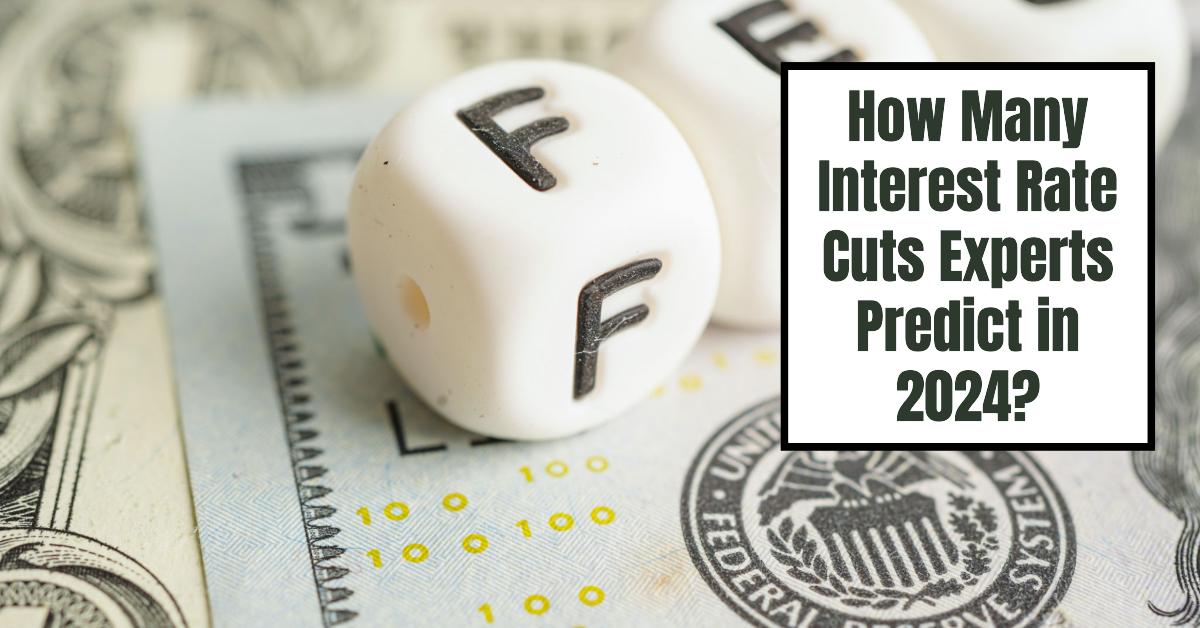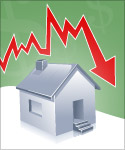One question is at the forefront of many minds: How many interest rate cuts can we expect? It's a pivotal matter that could significantly influence markets, borrowing costs, and the overall economy. With growing concerns about a potential recession, analysts are revisiting their predictions for rate cuts this year. Experts predict varying interest rate cuts for 2024.
According to reports, perspectives vary widely—from a modest one 25-basis-point cut to as many as three 50-basis-point reductions. Let's discuss expert predictions, market sentiments, and the factors contributing to this critical economic variable.
How Many Interest Rate Cuts Experts Predict in 2024?
The Current Economic Snapshot
The Federal Reserve's decisions regarding interest rates hold significant weight. As it stands, the benchmark rate hovers between 5.25% and 5.50%. However, a wave of speculation suggests that the Fed will begin lowering rates imminently, possibly as soon as September 2024.
The expectation of rate cuts arises from concerning economic indicators, particularly following the recent July jobs report, which revealed an increase in unemployment to 4.3%—the highest since 2021. Such signals have led many analysts to suspect that the Fed missed an opportunity to cut rates during its last meeting.
Rate Cuts: What's on the Table?
- Rate Cut Predictions:
- Following the jobs report, analysts' forecasts have diversified significantly:
- Some predict a single 25-basis-point cut.
- Others foresee multiple cuts, specifically up to three 50-basis-point cuts by year's end.
- Following the jobs report, analysts' forecasts have diversified significantly:
- Market Sentiment:
- The CME FedWatch Tool indicates that traders currently assign:
- A 26.5% chance of a 25 BP hike in September.
- A 73.5% chance of a 50 BP hike.
- A drastic shift in sentiment, just weeks ago, reflected over 80% for a 25 BP hike, showcasing the volatility and uncertainty in projections as economic conditions shift rapidly.
- Traders estimate that rates could fall to as low as 3.75% or stay as high as 4.75% by the end of the year, which translates to a 75 to 150 BP reduction depending on market movements and Fed actions.
- The CME FedWatch Tool indicates that traders currently assign:
The Rationale Behind Rate Cuts
Several factors contribute to the Fed's potential pivot:
- Rising Unemployment: The increase in unemployment rates signals a weakening job market, prompting concerns about spending and investment.
- Market Reactions: Following the jobs report, we witnessed a significant global selloff as investors became jittery about an impending recession. The turmoil in equity markets further intensifies the urgency for the Fed to act.
- Economic Recovery Challenges: The Fed's history of delay in rate cuts, such as during the inflation crisis of 2021-2022, raises concerns that it may again be lagging behind the economic curve. Any delay could potentially exacerbate economic downturns.
Expert Opinions on Possible Rate Cuts
Invesco strategist Kristina Hooper remarked, “It was a mistake that the Fed didn’t cut rates last week, but I don’t believe it will cause irreparable damage to the economy.” This sentiment encapsulates the general belief among some analysts that the Fed's indecision has already impacted market confidence. (Source: Investorplace)
Andrew Hollenhorst, an economist with Citigroup, suggests an emergency inter-meeting rate cut could also be on the table. He notes, “The unfortunate reality is that a range of data confirms what the rise in the unemployment rate is now prominently signaling — the U.S. economy is at best at risk of falling into a recession and at worst already has.”
What Wall Street Is Watching Next
As attention turns towards forthcoming economic data, all eyes are on the next Consumer Price Index (CPI) report. Analysts believe this could be one of the final measurements influencing the Fed's decision-making process regarding potential rate cuts in September.
Summary of Predictions
- Most Likely Outcome: A cut of 100 basis points appears probable, with consensus indicating a rate between 4.25% and 4.50% by year-end.
- Optimistic Estimates: Some economists predict as many as three cuts this year to avert a downturn, while others are more conservative, suggesting perhaps only one minor adjustment.
Conclusion
The discussions surrounding interest rate cuts in 2024 reflect a complex interplay of economic indicators, market sentiment, and expert opinion. As the Federal Reserve prepares for its next meeting, what is certain is that each prediction comes with varying degrees of uncertainty. Much will depend on upcoming economic data, particularly job numbers and inflation statistics.
In the rapidly changing financial environment, keeping abreast of these predictions will not only benefit investors but also the general population keen on understanding the implications of Federal policies on personal finances and the broader economy.
ALSO READ:
- How Low Will Interest Rates Go in 2024?
- Goldman Sachs' 5-Year Housing Forecast from 2024 to 2027
- US Home Price Forecast by Goldman Sachs Shows 5% Surge in 2024
- Interest Rate Predictions for the Next 3 Years: (2024-2026)
- Interest Rate Predictions for Next 2 Years: Expert Forecast
- Interest Rate Predictions for Next 10 Years: Long-Term Outlook
- When is the Next Fed Meeting on Interest Rates in 2024?
- Interest Rate Cuts: Citi vs. JP Morgan – Who is Right on Predictions?
- More Predictions Point Towards Higher for Longer Interest Rates



